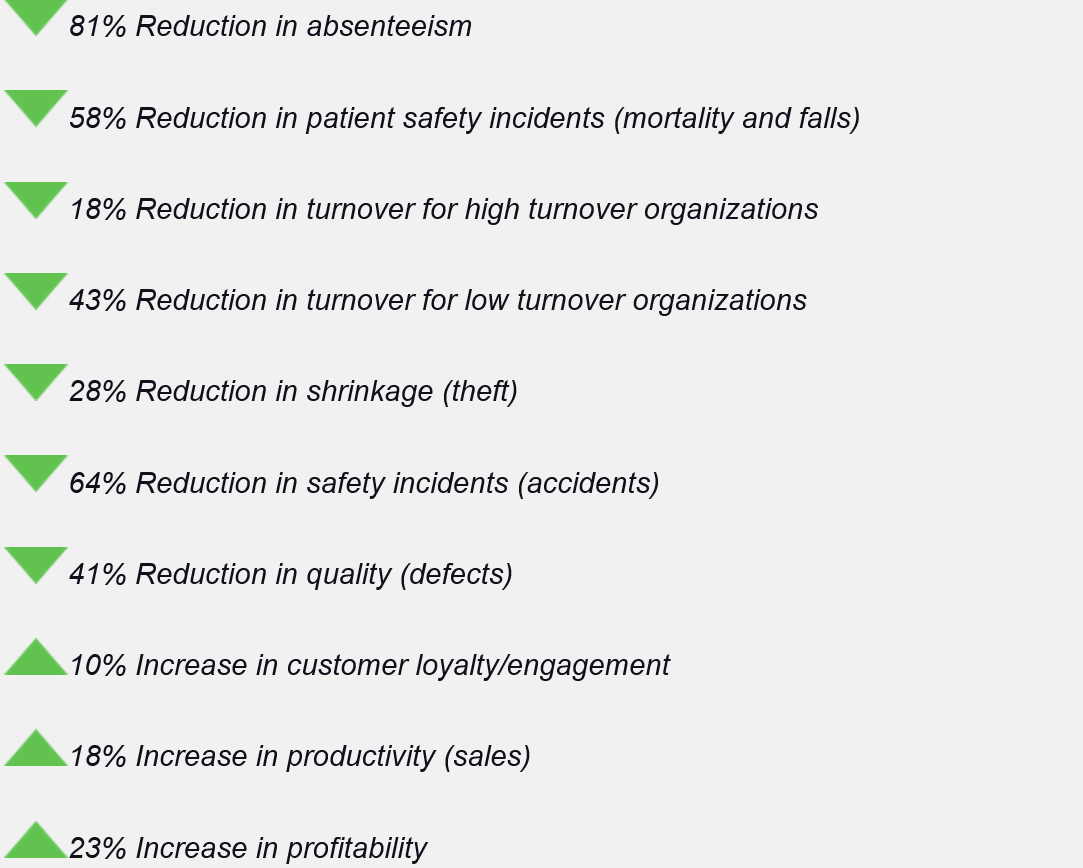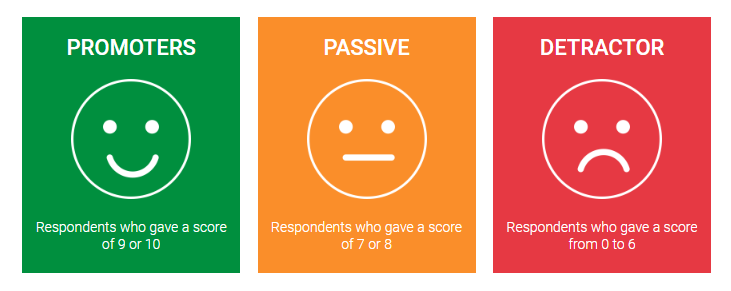“Employees are a company’s greatest asset – they’re your competitive advantage. You want to attract and retain the best; provide them with encouragement, stimulus, and make them feel that they are an integral part of the company’s mission.”
– Anne M. Mulcahy, former CEO Xerox Corporation
Whether you’re a small business or a large corporation, retaining your employees is essential to your success. But how can you tell if your employees are content and satisfied in their roles? And more importantly, how can you keep them from jumping ship the first chance they get? This blog will explore ways to measure employee loyalty and discuss what you can do to improve it. Stay tuned!
What is employee loyalty?
Loyal employees have worked for an organization and have always focused on its success. In fact they believe that their future is intertwined with the business’. They are dedicated to helping the company grow and prosper in the face of stiff competition and setbacks. It is a genuine effort that has no underlying motive. This unconditional loyalty stems from believing in the company’s mission and working towards its success.
Why is employee loyalty important?
Loyal employees are more likely to remain at the organization for the duration of their careers. Hence, job offers from other organizations do not tempt loyal employees. Loyal employees view their financial and personal well-being as tied to the organization’s success.
In many instances, loyal employees place the organization’s interests ahead of their own. So they are more likely to promote the company through word-of-mouth instead of detracting from it.
Employee loyalty = satisfaction + commitment + engagement.
Key Takeaway: Employers are responsible for the engagement variable and loyalty is an outcome that has been earned.
Employee Satisfaction
Employee satisfaction is a broad term used to describe how satisfied or content employees are with elements like their jobs, their employee experience, and the organizations they work for.
Satisfied employees tend to assist customers with a more positive attitude and provide a higher level of customer service. This creates a more satisfying customer experience, increases customer loyalty, and ultimately drives revenues and customer retention.The following is a checklist of traits a satisfied employee will express(Connecteam):
-
- They actively socialize with coworkers and customers
- They feel their well-being is tied to the organization’s
- They care about their appearance at work
- They are punctual and professional
- They put an extra effort into every task they undertake
- They offer assistance to team members
- They have an interest in growing with the company
- They naturally take ownership of their work
- They are excited to come to work, punctual, rested, and prepared
- They are enthusiastic and positive and enjoy their work
Employee engagement
- 15% of employees worldwide and 35% in the U.S. fall in the “engaged” category (Gallup)
Employee engagement describes the level of enthusiasm and dedication a worker feels toward their job and organization. Employee engagement is critical to a company’s success as engaged employees are more productive and reliable.
In addition, employee engagement is essential for retaining top talent and is an integral part of job satisfaction. In contrast, disengaged employees are more likely to leave their jobs. The following is a checklist of characteristics that can be used for measuring employee engagement(Officevibe):
-
- They go the extra mile
- They adapt well to change
- They pursue development opportunities
- They collaborate effectively
- They are excited to come to work
- They are open communicators
- They are leaders
- They look for opportunities to learn and grow
- They go beyond the call of duty
They are detail-oriented and proud of their work
Note: it is good practice to encourage employee feedback via survey to measure employee engagement.
The benefits of an engaged workforce are quite substantial (Gallup):

Employee Commitment
- Only 36% of Employees Are Engaged in the Workplace (HRcloud)
If an employee is effectively committed to their organization, they want to remain there. They typically identify with the organizational goals, feel that they fit into the business culture and values. Committed employees want to build a future with the company.
Committed employees bring added value to the organization, including determination, proactive support, relatively high productivity, and an awareness of quality. In addition, employees committed to the business are less likely to call in sick or leave the organization.Below is a checklist of characteristics that qualitatively gauges employee commitment:
-
- They actively search for ways to improve the work environment
- They proudly promote the organization whenever possible
- They openly take pride in their organization
- They pursue development opportunities and growth
- They feel their well-being is tied to the organization’s
- They make personal sacrifices for the company
- They share job posts with colleagues on their social media accounts.
- They proudly wear the company logo (hats, shirts, etc.)
- They mention the company name on their personal social media
- They believe in the organization’s mission and values
Note: Employees who are committed to the organization may not be satisfied with their job.
Employee Engagement and Commitment
Employee engagement is an internalized feeling that describes an employee’s satisfaction with their work and engagement with their employer. In contrast, commitment expresses the satisfaction an employee shows for the organization they work for. Consider the following:
- Engaged and committed employees are engaged in their work and committed to the organization. Employees love their work and the company they work for.
- Engaged employees are engaged in their work but not committed to the organization.
- Committed employees are committed to the organization but not engaged in their work.
- Employees that are neither engaged nor committed are neither engaged in their work nor committed to the organization.
The optimal situation for an employee is to be engaged in the job and committed to the organization. If an employee is only engaged in the work, there is a risk that they are not committed to the organization, and vice versa.
Lastly, an engaged employee expresses high levels of job satisfaction. Research has shown that if employees are engaged in their work, they are more likely to show job satisfaction behaviors. The reasoning is job satisfaction depends on how well the job meets an individual’s values and basic emotional needs.
Note: Employee recognition is known to improve employee engagement, reduce employee turnover and increase loyalty. In contrast, employee disengagement occurs when employees feel undervalued.
The relationship between job satisfaction, employee engagement, and commitment.
There is an overlap between job satisfaction, employee engagement, and commitment. However, these are three distinct elements of the work experience. Job satisfaction refers to an employee who enjoys their job and is enthusiastic about being at work.
Similarly, the engaged employee also enjoys their job. However, engaged employees’ motivations are different. For instance, highly engaged employees are motivated by pride in their work and doing what they can to improve work outcomes.
Note: the engaged employee is emotionally connected to their work.
So how does commitment fit into this picture?
Both satisfied and engaged employees are not necessarily committed to the organization. For example, suppose the conditions that make a job enjoyable and or encourage employee engagement can be replicated at a different organization. In that case, there is a possibility that these employees could leave.
For instance, if the organization starts to limit what an engaged employee can personally accomplish in terms of work outcomes, promotions, or personal accomplishments, they may search for an organization that fits their requirements and career goals.
Whereas a committed employee believes in the organization, the company culture and its mission and knows their economic and social well-being is tied to its success.
Therefore, the highest levels of employee loyalty exist when an employee is satisfied with the job, engaged with leadership and coworkers, and committed to the company’s mission and goals. In this instance, the employee knows they can reach the financial, career, and social objectives they desire and, as a result, express high levels of loyalty.
How can employee loyalty be measured?
Employee Net Promoter Score (eNPS)
The eNPS is a one-question survey designed to measure employee loyalty. It is important to note that it does not measure loyalty behaviors. However, according to the Harvard Business Review, the eNPS is considered to have validity. The eNPS asks employees:
“How likely would you be to recommend us as an employer?” or “How likely would you be to refer a friend or contact to work for us?”
eNPS: Employees respond by providing a score on a 0 to 10 scale, where 0 is very unlikely to recommend, and 10 is very likely to recommend.
Note: the net promoter score was originally designed to measure customer loyalty
Interpreting Employee Net Promoter Score Results
The numerical value measures the willingness of employees to recommend your organization. You ask employees how likely they would recommend you to a friend or colleague on an 11-point scale (0 – 10). Your results will show whether your employees are promoters, passives, or detractors. Net Promoter note:
- 0-6 Detractors: Employees dissatisfied with the organization and likely to spread negative word of mouth.
- 7-8 Passives: employees who are neither emotionally invested nor disengaged.
- 9-10 Promoters: employees that are very loyal to the organization and will spread positive word of mouth.

Having loyal employees has many benefits for businesses. Furthermore, the employee engagement and commitment checklists provide a qualitative assessment of employee loyalty.
The employee net promoter score provides a quantitative measure. If you are looking to increase productivity within your organization, you should consider improving employee loyalty. Implementing some or all of the Employee Engagement & Loyalty Checklist measures will help create a more productive and efficient workforce.
Thank you for reading our article!
TimeWellScheduled.com is a secure, online time and attendance software that is 100% tailored to meet your scheduling needs! In addition, TimeWellScheduled facilitates employee attendance tracking, payroll tasks, and enhances your staff management capabilities. Plus, our service is free for up to 10 employees!
Click: here to download our (Excel) employee scheduling template, IT’s FREE!






